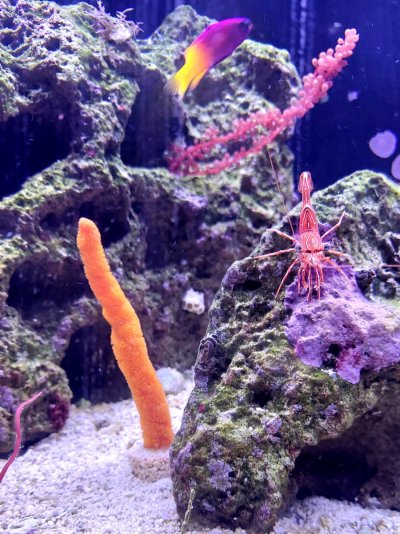My orange tree sponge looks healthy: great color, upright, strong, healthy tissue.
I do not like looking at the plug it came in on.
The sponge would be more attractive encrusted to live rock.
So, can I cut it and gel superglue it to an indent in the live rock?
Also, if i leave an inch of the base, will it repair itself and continue to grow on the plug?
I know they can be very slow growers.. but thought I'd check if anyone has experience!
Cheers

I do not like looking at the plug it came in on.
The sponge would be more attractive encrusted to live rock.
So, can I cut it and gel superglue it to an indent in the live rock?
Also, if i leave an inch of the base, will it repair itself and continue to grow on the plug?
I know they can be very slow growers.. but thought I'd check if anyone has experience!
Cheers















